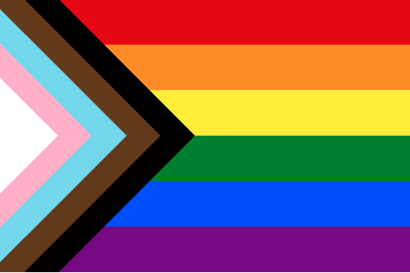The IES Abroad Rabat program put together a faux wedding in order for students to better understand Moroccan weddings. Students voted on who the bride and groom would be, and the students' host families provided each student with a keftan — a traditional Moroccan dress — or a jelaba — a traditional Moroccan covering. The wedding process started with a proposal on the roof of the IES Abroad Center on Thursday morning, and the wedding itself was held Friday afternoon at a student's homestay. Moroccan weddings usually start in the evening and continue all night, but IES Abroad organized a more condensed wedding ceremony so that students could experience the essentials of a Moroccan wedding without staying up all night! The wedding included several presentations from students explaining the cultural significance of certain aspects of the wedding ceremony. A band was also brought in to play traditional Moroccan music, and the wedding concluded with the traditional ceremony, in which the bride, Cameron Hull, and the groom, Marc Akinbi, each had henna applied to their hands, exchanged rings, drank milk, and ate dates. And of course, there was plenty of food and dancing!


Emma Jerzyk
<p>Hi there, I’m Emma, and I’m from Hinsdale, IL. I’m a senior at Brown University studying computer science and Middle Eastern studies. No, you are not the first person to tell me I should work for the CIA. I like stories, and I like data. I like combining them even more. Follow my blog for an in-depth look at Moroccan culture!</p>








